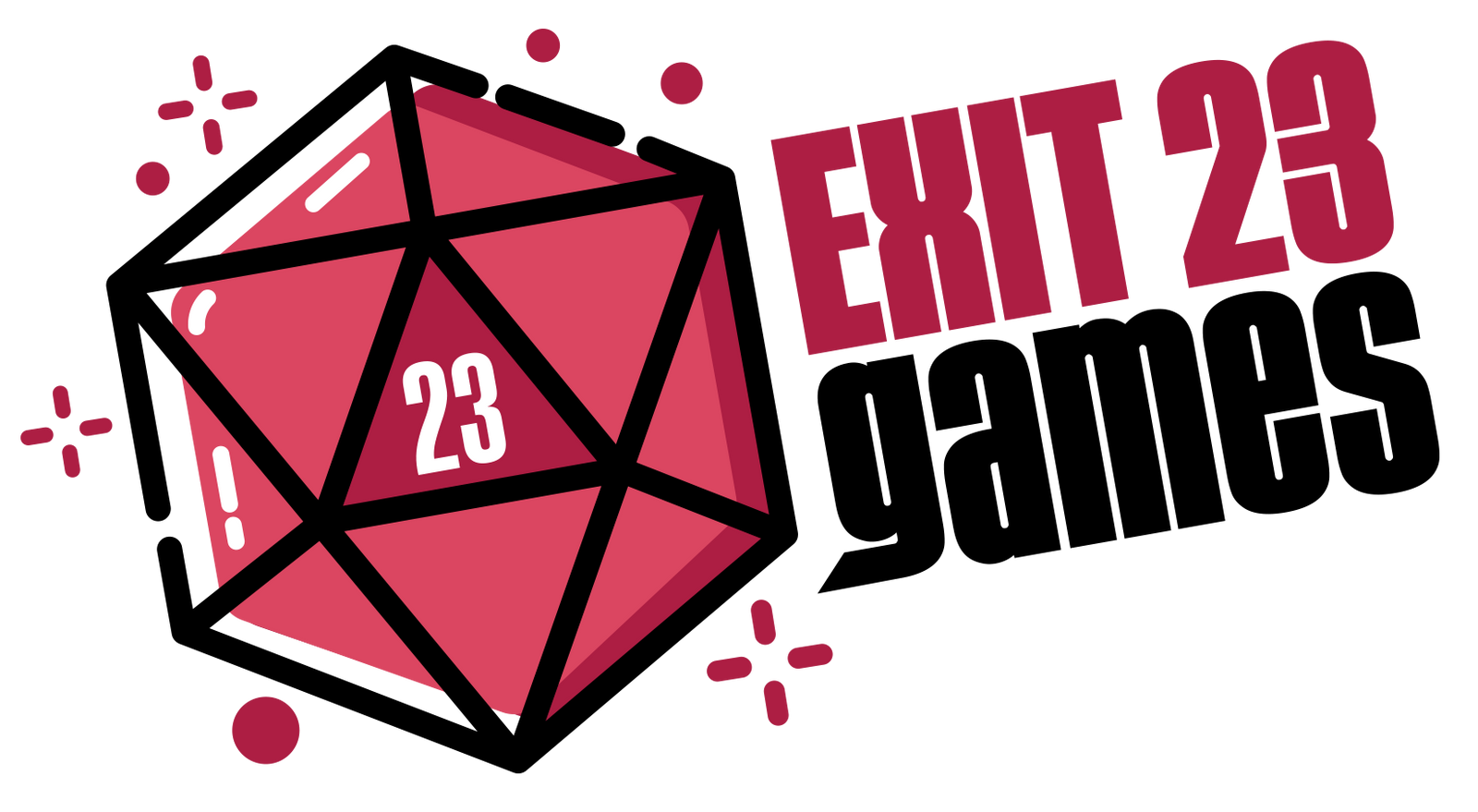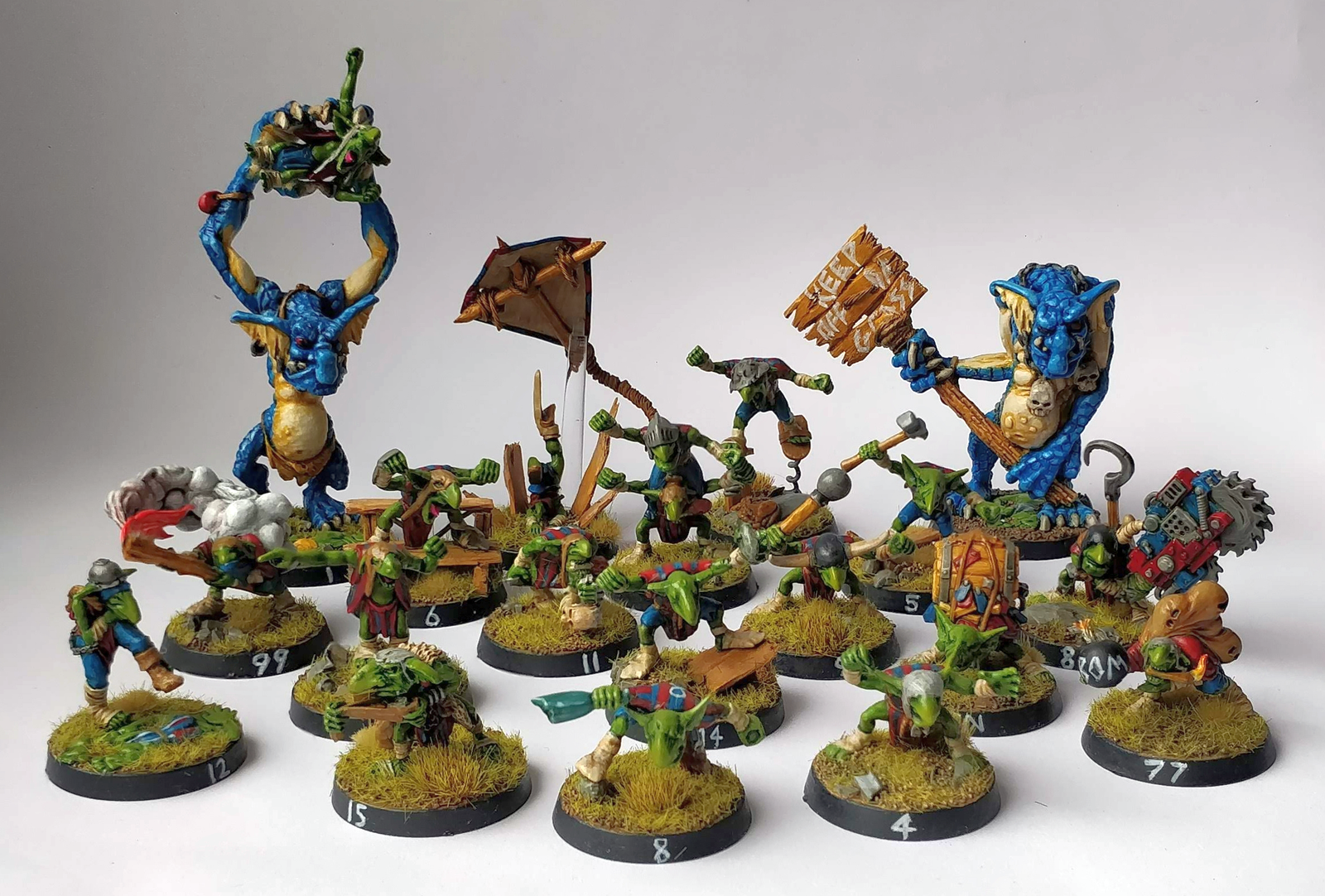Did you know that roughly 59% of Brits have a passionate hobby? Miniature painting is one of the most popular hobbies, but how can you get started in the hobby? Finding the best miniature paint supplies is a critical step.
If you're curious about paint for miniatures and figures, we're happy to lend a hand. Read on to learn more about miniature painting and what supplies you can't skip out on.
What Is a Mini?
Miniature war gamers have several names for the same object. A miniature is often called a mini, figurine, fig, model, and more.
For some tabletop gamers, there's a difference in the terminology. Minis and miniatures are more common in games like Dungeons & Dragons. Games like Warhammer 40k more often use models and figures, with some minis mixed in.
Regardless of the term you prefer to use, the terms are generally interchangeable. Similarly, the process to paint them is virtually identical.
Different Types of Minis
When looking at the types of minis, size - or scale - is the most notable difference. Figures come most often in 15, 20, 25, 28, 30, 32, and 35-millimetre sizes. Mass-combat wargames most often use 2, 6, 10, 15, and 20-millimetre minis.
Additionally, minis may not all be made of the same material. The two most common materials are plastic and metal.
Knowing what material your mini is made out of is crucial when it comes to painting them. Paint for miniatures may work better on one material than another.
Furthermore, there are different kinds of plastics. Some 3D-printed models may not have the same build quality as vendor-made models.
Where to Find Minis
In many cases, board games will come with minis. For most board games, the minis are unpainted. You'll recognise these as an off-grey figure in the box, sometimes collected in a bag.
You may also find a board game where the minis are painted. These are often more expensive, depending on the use.
More importantly, pre-painted minis likely have a canonical appearance in the game. For example, games like Pandemic have figures that have a set appearance. Others, like Dungeons & Dragons, may provide more "generic" minis so that you can paint and customise them.
If your game didn't come with minis, look into your local gaming store. Most comic stores, tabletop gaming stores, and even video game stores will have some minis in stock.
You can also find many online outlets that sell a wide variety of minis and figurines. We suggest browsing our Two Thin Coats collection of paint for miniatures so you have the perfect paint for your new mini.
Miniature Paint Supplies
Now that we know more about what minis are and where to find them, what about your miniature paint supplies? There are a few things that are mandatory for your collection. After those, you're free to accessorise however you'd like.
Here are the supplies we suggest you purchase to begin your painting journey.
The Best Paint
Your first step is to find the best paint. Some may find miniature painting to cost more than they'd like. Their first instinct is to cut the cost of their paint, but this can cause several issues.
For one, inferior paint can fail to stick to the mini. As a result, the paint can dry splotchy, in streaks, or unevenly. Your mini may look lacklustre as a result.
Additionally, the paint may not keep as long as you'd like. It may clump, congeal, or separate in the bottle.
As such, we strongly recommend you use the best paint you can find. We're happy to carry several reputable brands and premium paints.
Another factor to consider is the style of paint you like. Metallic paints are effective for a shiny and metallic finish. You may prefer these paints for science fiction settings, such as Warhammer.
The Right Brush
Once you have your paint, you'll need something to put it onto the mini with. A set of brushes is the best place to start. As before, this isn't something you want to cut your budget on.
Low-quality brushes can leave behind threads or hairs, depending on the material the brush is made of. They also may clump up and leave uneven or misshapen lines behind. A poor brush makes miniature painting significantly more difficult.
Furthermore, a bad brush can wear out faster. The brush hairs may fall out or fray faster and the handle could be less comfortable.
Instead, do some research into your niche and find the best brush you can. Many communities of miniature war gamers are more than happy to discuss miniature paint supplies with you.
Your Favourite Mini
Finally, the most important supply of all is your favourite mini.
You may have decided to get into miniature painting from finding a mini you'd love to design. Another common entrance is creating a character and wanting to have a representation for them.
Find a mini that resembles your tastes and desires. Don't be afraid to purchase a few other minis to practise your painting. You won't get it perfect the first time, but every attempt will improve your skills.
Additional Accessories
Now that you have your paint, brush, and mini, there are a few additional accessories you can use.
One common accessory is a stand or holder for your mini. Using something to keep your mini steady will free up both hands to work on the figure.
Good lighting and a dedicated hobby desk are also worthwhile additions. Primers, varnish, and brush soaps will help your paints shine. A dry palette will help you mix and thin your paints.
There are countless options, so explore and see what jumps out to you. Don't worry about overdoing it when you're first getting into miniature paint supplies. Anything you end up not wanting is a lesson on what not to buy next time.
The Best Paint for Miniatures
Miniature paint supplies are easy to find, rarely expensive, and help fuel a creative hobby. Think of what's most important to you before beginning your painting adventure. Once you have your favourite paints, don't hesitate to find more accessories to help your skills grow.
For more information, feel free to contact us. You can also browse our site for more extensive reads about your new hobby.




Leave a comment (all fields required)